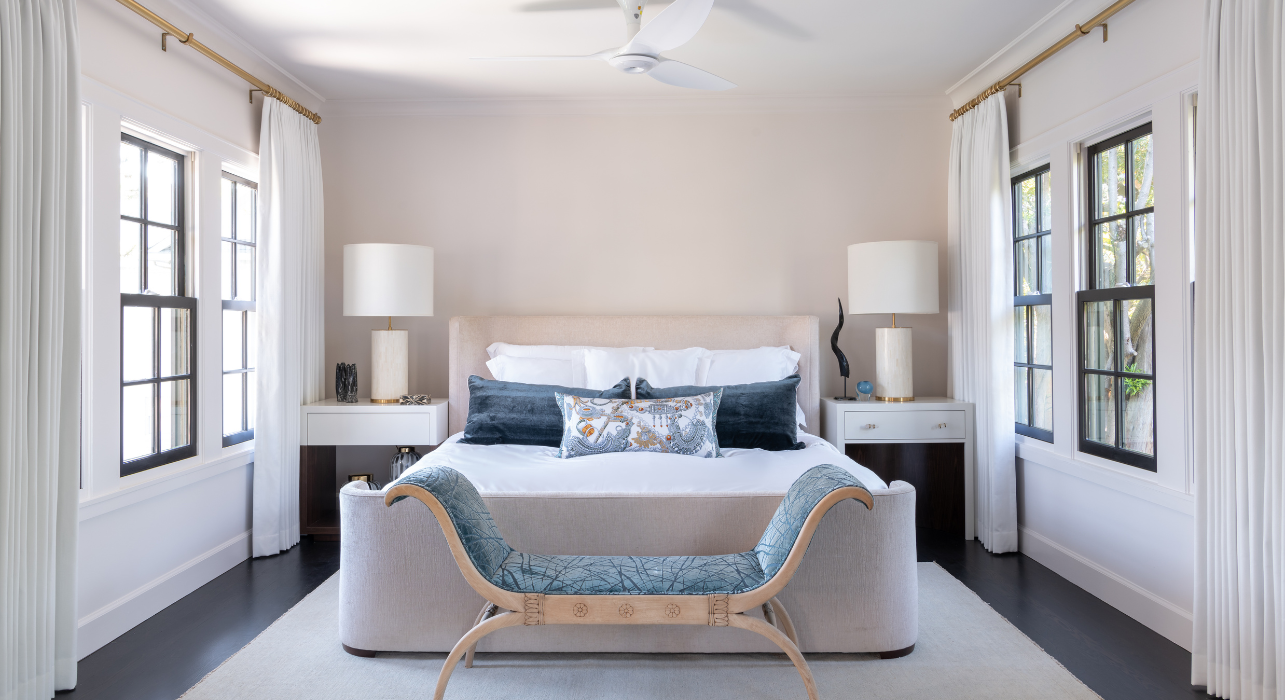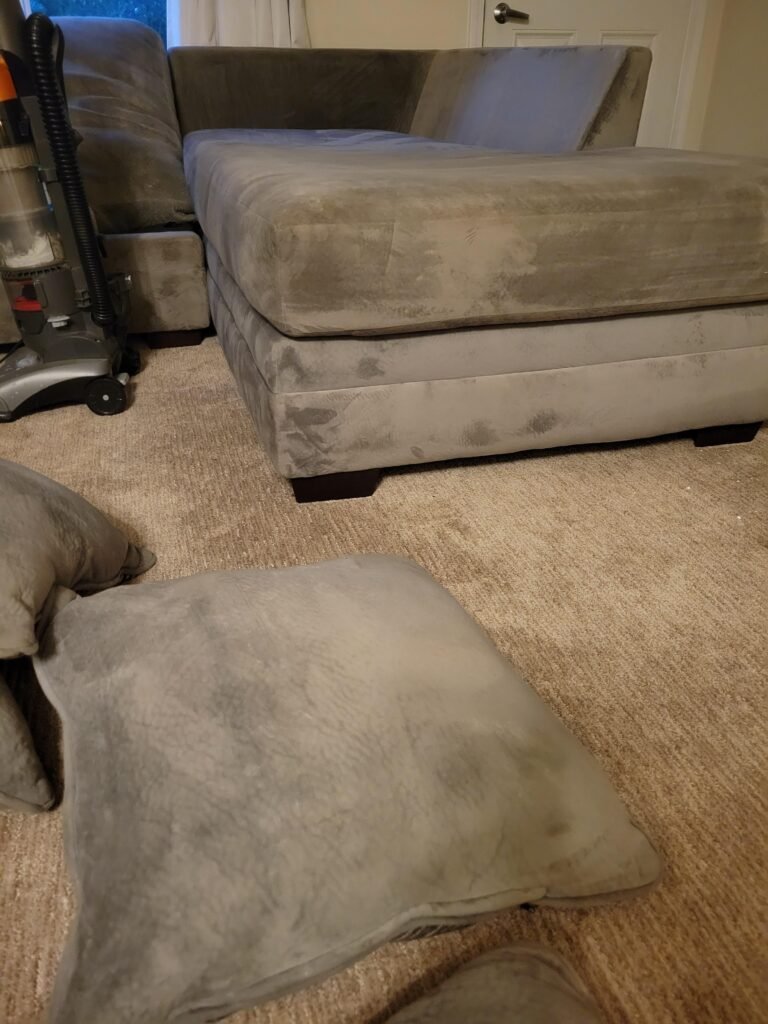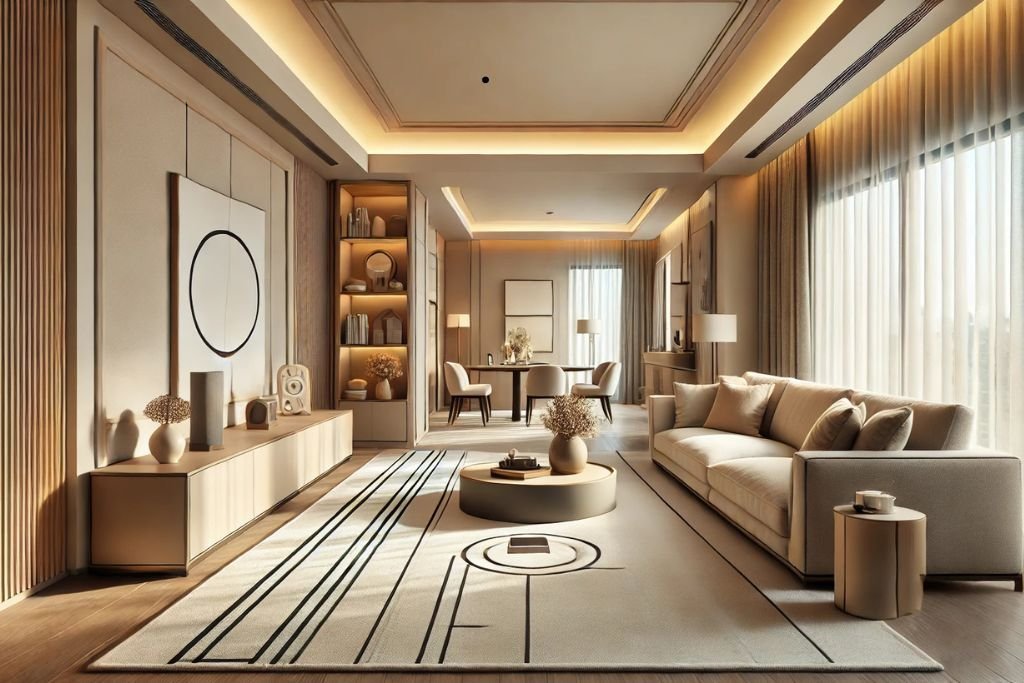As an Amazon Associate I earn from qualifying purchases.
Determining your interior design furniture investment can feel overwhelming. The key is knowing where to start and what to consider.
Interior design is more than just picking out pretty pieces. It’s about finding the right balance between style, function, and budget. Setting a clear budget for your furniture helps you make smarter choices. It ensures you get the most value without overspending.
In this guide, we will explore how to assess your needs, understand costs, and make informed decisions. Whether furnishing a new home or updating a single room, these tips will help you invest wisely in your interior design journey.

Credit: casarenstudio.com
Assessing Your Space
When determining your interior design furniture investment, assessing your space is crucial. This step ensures that your furniture choices fit both your room and your needs. Let’s break this down into manageable parts.
Room Dimensions
First, measure your room. Knowing the dimensions helps in selecting the right-sized furniture. Use a tape measure to record the length, width, and height of the room. Create a simple floor plan with these measurements. This plan will guide your furniture shopping.
| Room Dimension | Measurement |
|---|---|
| Length | ____ feet |
| Width | ____ feet |
| Height | ____ feet |
Consider the layout. Note the location of doors, windows, and any built-in elements. This helps in planning where each piece of furniture will go. Ensure there is enough space for movement and activities.
Functional Needs
Think about how you will use the space. Each room has unique functions. For example, a living room may need seating for family and guests. A dining room requires a table and chairs suitable for meals.
- Living Room: Sofa, coffee table, TV stand, storage.
- Dining Room: Dining table, chairs, buffet or sideboard.
- Bedroom: Bed, nightstands, dresser, wardrobe.
Identify your essential pieces. These are the items you need for the room to serve its purpose. Prioritize these in your investment.
Next, consider the flow of the room. Ensure there is enough space for movement. Avoid overcrowding the room. Leave enough space between furniture pieces for comfort and accessibility.
Finally, think about storage needs. Incorporate furniture that offers storage solutions. This keeps your space organized and clutter-free.
Setting A Budget
Determining your interior design furniture investment is crucial. The first step is setting a budget. A clear budget helps you avoid overspending and focus on quality. This guide will walk you through cost planning and allocating funds effectively.
Cost Planning
Start by evaluating your total available funds. Break down expenses into categories. Consider the different rooms and furniture types.
| Room | Estimated Cost |
|---|---|
| Living Room | $2,000 |
| Bedroom | $1,500 |
| Dining Room | $1,000 |
Use this table as a starting point. Adjust the numbers based on your specific needs and preferences.
Allocating Funds
Once you have a cost plan, allocate funds accordingly. Prioritize essential pieces first. For example, a comfortable sofa and a sturdy bed. Then, think about secondary items like coffee tables and bedside tables.
- Essentials: Sofa, Bed
- Secondary: Coffee Table, Bedside Table
Creating a list helps you see where your money goes. Stick to the list to stay within your budget.
Pro tip: Set aside a small contingency fund. This covers unexpected costs or last-minute changes.
By setting a budget and planning costs, you can invest wisely in your interior design. Happy decorating!
Prioritizing Key Pieces
Determining the right investment for your interior design furniture can be challenging. Prioritizing key pieces ensures you spend wisely and create a beautiful space. Focus on essential furniture and statement items to make your home both functional and stylish.
Essential Furniture
Start with the basics. Essential furniture pieces are the foundation of any room. Think beds, sofas, and dining tables. These are the items you use daily. Invest in high-quality pieces that offer comfort and durability. A good bed or sofa can last many years. Choose timeless designs that won’t go out of style. Neutral colors and classic shapes work well.
Statement Items
Next, consider statement items. These pieces add personality to your space. Think of unique coffee tables, eye-catching chairs, or bold light fixtures. Statement items can reflect your style and make your home feel special. Don’t be afraid to mix materials and textures. A striking piece can serve as a conversation starter. It can also elevate the overall design of your room. Balance statement items with essential furniture for a cohesive look.

Credit: www.laurau.com
Choosing Quality Over Quantity
Investing in furniture for your home involves choosing between quality and quantity. Opting for quality ensures your pieces last longer and create a more cohesive look.
Material Selection
Choosing the right materials is key to quality furniture. High-quality wood, such as oak or walnut, lasts longer and adds elegance. Metal frames offer strength and durability. Fabric choices also matter. Look for materials like leather or durable textiles that resist wear and tear. Here’s a quick comparison:
| Material | Advantages | Considerations |
|---|---|---|
| Oak Wood | Durable, elegant, timeless | May be heavy and costly |
| Metal | Strong, modern look | Can be cold to touch |
| Leather | Durable, stylish, easy to clean | Expensive, requires maintenance |
Durability Factors
Durability is crucial in furniture investment. A well-constructed piece withstands daily use. Look for sturdy joints and solid construction. Avoid flimsy materials or weak joints. Consider these factors:
- Frame Strength: A solid frame offers better support and longevity.
- Joint Construction: Look for dovetail or mortise-and-tenon joints.
- Fabric Durability: Choose fabrics with high rub counts for longevity.
Investing in quality over quantity ensures your furniture stands the test of time. It enhances your home’s comfort and style without frequent replacements.
Exploring Different Styles
When deciding on your interior design furniture investment, exploring different styles can be thrilling. Understanding the essence of each style helps create a cohesive and appealing space. Let’s delve into some popular styles to aid your decision-making process.
Modern Vs. Traditional
Modern design features clean lines, neutral colors, and minimalistic elements. It often uses materials like glass, metal, and steel. The focus is on simplicity and functionality.
Traditional design emphasizes comfort and classic appeal. It often includes ornate details, rich colors, and wood furniture. Think of timeless elegance and historical influence.
| Feature | Modern | Traditional |
|---|---|---|
| Colors | Neutral, monochromatic | Rich, warm tones |
| Materials | Glass, metal, steel | Wood, fabric, leather |
| Lines | Clean, straight | Curved, detailed |
| Elements | Minimalistic | Ornate |
Mixing Styles
Combining different styles can create a unique and personalized space. Mixing modern and traditional elements, known as transitional style, is trendy.
- Balance – Ensure you balance modern and traditional pieces.
- Color Palette – Use a consistent color palette to unify different styles.
- Focal Points – Create focal points with statement pieces from each style.
Experimenting with different styles allows you to express your personality. It ensures your home feels truly yours.

Credit: www.instagram.com
Shopping Smart
Shopping smart can help you save money on interior design furniture. It involves looking for the best deals and considering alternative options. This approach ensures you get quality items without overspending. Here are some effective ways to shop smart for your furniture needs.
Seasonal Sales
Take advantage of seasonal sales to save on furniture purchases. Many stores offer discounts during holidays like Black Friday or New Year. These sales can provide significant savings on high-quality pieces. Plan your purchases around these events for the best deals.
Stores also clear out old inventory at the end of each season. This is a perfect time to find furniture at reduced prices. Keep an eye on sales ads and online promotions to snag these bargains.
Secondhand Finds
Consider buying secondhand furniture for a cost-effective option. Thrift stores, garage sales, and online marketplaces have hidden gems. These places often sell gently used furniture at a fraction of the original cost.
Refurbishing secondhand pieces can also add a unique touch to your home. A little creativity can transform old furniture into stylish and functional items. This approach not only saves money but also promotes sustainability.
Balancing Aesthetics And Functionality
Create a balanced home by investing in furniture that blends beauty and practicality. Prioritize pieces that serve a purpose while enhancing your space’s look. Choose wisely to achieve both comfort and style.
Balancing aesthetics and functionality is crucial in interior design furniture investment. You want your space to look good and serve its purpose. But how do you find that balance? ###Comfort Considerations
Comfort should be a top priority in your furniture choices. Ask yourself, will this sofa be comfortable for long hours? Think about the ergonomics of chairs and tables. Comfortable furniture can enhance your living experience. Look for pieces with supportive cushions and adjustable features. Prioritize comfort to ensure your space is both beautiful and livable. ###Visual Appeal
The visual appeal of your furniture sets the tone of your space. Choose pieces that align with your style. Do you prefer modern or traditional designs? The colors and textures of your furniture should complement your overall décor. Think about the mood you want to create. Bright colors can energize, while neutral tones offer calmness. Make sure your furniture reflects your personal taste and the vibe you wish to achieve. Finding the right balance between aesthetics and functionality is essential. It ensures your space is not only beautiful but also practical.Seeking Professional Advice
Determining your interior design furniture investment can be challenging. Seeking professional advice can make this process easier. Professionals can guide you in making informed decisions. Their expertise can save you time and money. Let’s explore how they can help.
Interior Designers
Hiring an interior designer can be a smart move. They have the skills and experience to create a cohesive look. They understand the latest trends and how to blend them with classic styles. An interior designer can help you choose furniture that fits your space and budget.
Consultation Benefits
Consulting with a professional offers many benefits. Here are some key advantages:
- Expertise: Designers have specialized knowledge. They know what works and what doesn’t.
- Time-Saving: They handle the research and sourcing for you.
- Budget Management: They help you avoid costly mistakes.
- Personalized Advice: They provide tailored recommendations based on your needs.
Consider a consultation to maximize your furniture investment. Professional guidance can make a big difference.
Frequently Asked Questions
How Do I Budget For Furniture Investment?
Determine your budget based on room size and furniture quality. Allocate funds wisely between essential and decorative pieces.
What Factors Affect Furniture Investment?
Consider room size, furniture quality, style, and durability. These factors ensure your investment suits your needs and lasts long.
Is It Worth Investing In High-quality Furniture?
Yes, investing in high-quality furniture ensures durability, comfort, and timeless style, saving money in the long run.
How Do I Prioritize Furniture Purchases?
Start with essential pieces like a bed, sofa, and dining table. Gradually add decorative items and accessories.
Conclusion
Choosing the right furniture investment enhances your home’s beauty and comfort. Prioritize quality over quantity to ensure lasting satisfaction. Set a budget to avoid overspending. Mix high-end pieces with affordable options for balance. Seek expert advice when needed. Remember, your space reflects your personality.
Enjoy the process and make thoughtful choices. Your home will thank you.
As an Amazon Associate, I earn from qualifying purchases.


